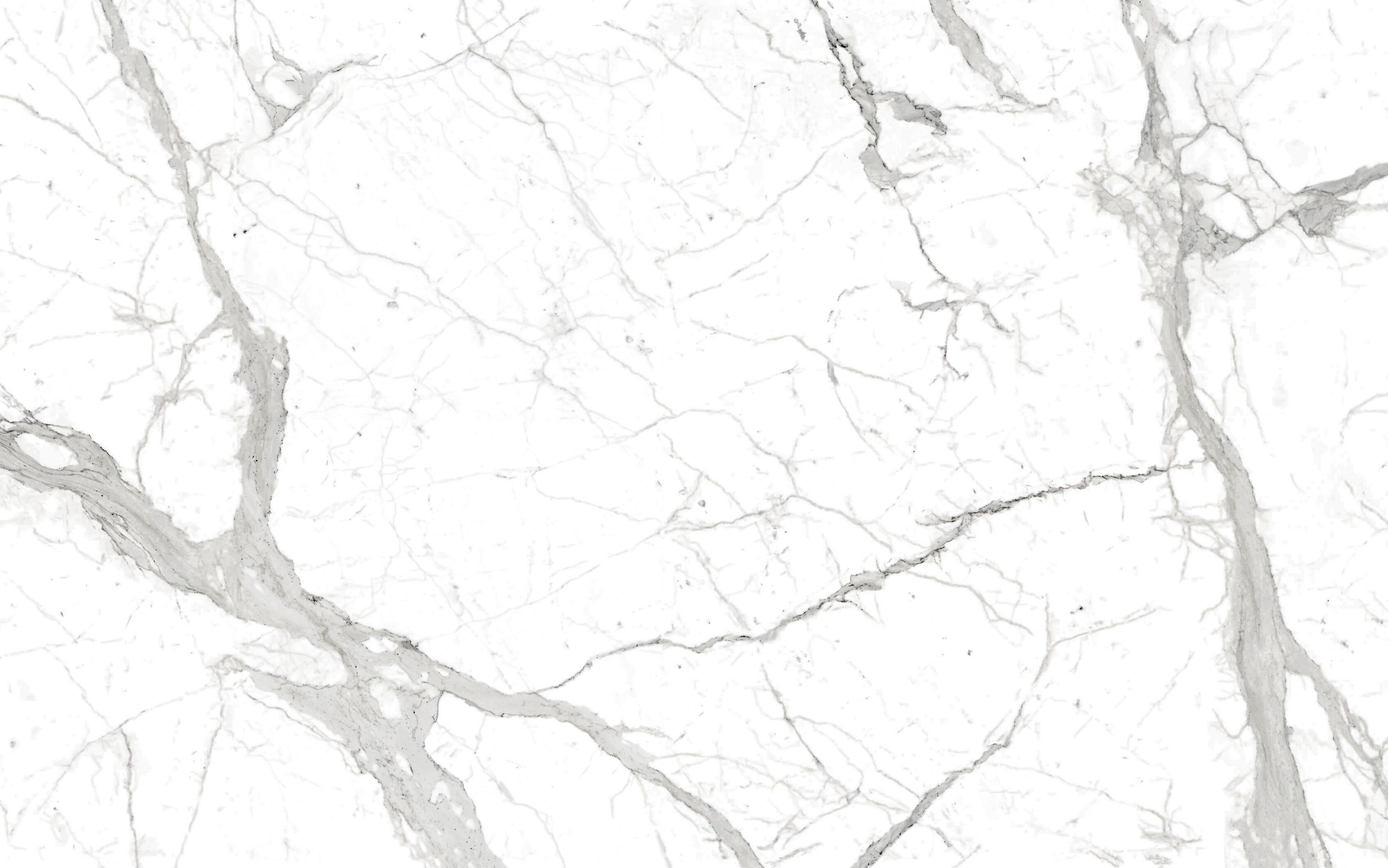

Soundness Group A - Sound marbles with uniform and favorable working qualities: containing few geological flaws or voids. Veining sometimes looks muted or subtle rather than sharp or dramatic. Marbles in this classification are often not perceived as being as colorful or aesthetically appealing as the other classifications. Examples are Carrara, Botticino and Madhave.
Soundness Group B - Marbles similar in character to the preceding group; but with less favorable working qualities; may have natural faults and/or dry veins (3); a limited amount of waxing (1), sticking (2) and filling may be required. Micro to medium levels of fissures and some areas of pitting.
Soundness Group C - Marbles with some variation in working qualities; geological flaws, voids, veins and lines of separation are common. It is standard practice to repair these variations by one or more of several methods – waxing (1), sticking (2), filling or cementing. Liners and other forms of reinforcement are used when necessary. Increased occurrences of micro to medium levels of fissures and areas of pitting as well as dry veins (3). Marbles in this classification will have a greater amount of waxing (1), sticking (2), filling or cementing than marbles in the preceding groups. Repairs may originate at the factory which cuts the blocks into slabs and polishes the face (factory repair) or at the fabrication facility. In an effort to improve the perceived appearance of these stones, ICM frequently chips out the factory repair and fills the resulting void with chips of the actual stone and then cements them in with polyester and/or epoxy. It is very probable that the repaired area will not have the same luster or shininess as the un-repaired areas. Examples are Empress Dark Green, Roman Classic Travertine and rarely Crèma Marfil (4), Dark Emperador (4) or Rojo Alicante (4).
Soundness Group D - Marbles similar to the preceding group, but containing a larger proportion of natural faults, maximum variations in working qualities, and requiring more of the same methods of finishing. This group comprises many of the highly colored marbles prized for their decorative values. Because of substantial increased occurrences of micro to medium and/or even large levels of fissures, faults, dry veins (3) and areas of pitting, marbles in this classification will have a greater amount of waxing (1), sticking (2), filling or cementing than marbles in the preceding groups. Repairs may originate at the factory which cuts the blocks into slabs and polishes the face (factory repair) or at the fabrication facility. In an effort to improve the perceived appearance of these stones, ICM frequently chips out the factory repair and fills the resulting void with chips of the actual stone and then cements them in with polyester and/or epoxy. It is very probable that the repaired area will not have the same luster or shininess as the un-repaired areas. Examples are frequently Crèma Marfil (4), Dark Emperador (4) and Rojo Alicante (4).
The unique impurities of sedimentary deposit(s), the unpredictability of the metamorphosis and the dramatic forces that form natural stone are what create the infinite range of color, texture and veining and should not be regarded as “flaws”. Large variations in color and character of natural stone should be anticipated because of the dynamic forces that combine to create it.
(1) waxing – refers to the practice of filling minor surface imperfections such as voids or sand holes with melted shellac, cabinet maker’s wax or certain polyester compounds. It does not refer to the application of paste wax to make surfaces shinier.
(2) sticking – describes the butt edge repair of a broken piece now generally done with dowels, cements or epoxies. The pieces are “stuck” together, thus “sticking”.
(3) dry vein - describes when a naturally occurring vein shows a separation between the different materials. Dry veins are frequently mistakenly thought by consumers to be cracks or unnaturally occurring breaks in the stone. (4) Crèma Marfil, Dark Emperador and Rojo Alicante available on the market today does not match in soundness nor beauty (in our humble opinion) that which was available in years past. This is regrettable as these stones were once perceived to be exceptionally beautiful and subsequently highly sought after.
(4) Crèma Marfil, Dark Emperador and Rojo Alicante available on the market today does not match in soundness nor beauty (in our humble opinion) that which was available in years past. This is regrettable as these stones were once perceived to be exceptionally beautiful and subsequently highly sought after.
(4) Crèma Marfil, Dark Emperador and Rojo Alicante available on the market today does not match in soundness nor beauty (in our humble opinion) that which was available in years past. This is regrettable as these stones were once perceived to be exceptionally beautiful and subsequently highly sought after.
